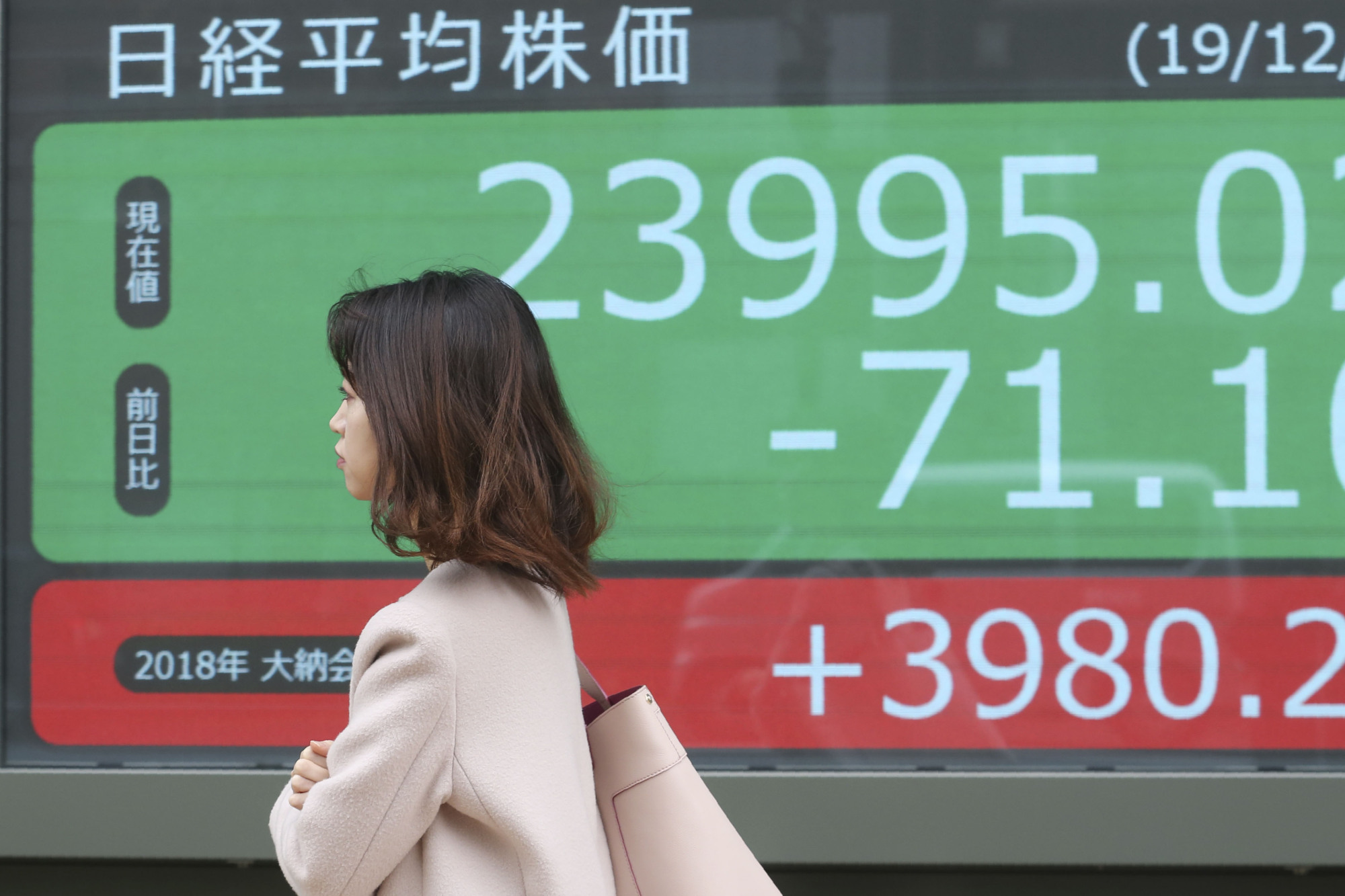Various introductory books on asset building have emphasized for years that what is known as dollar cost averaging investment in the United States — utilizing such tools as investment trusts linked to stock price indexes with low fees — realize higher returns in the long run. In Japan, however, such an asset building method has yet to take root. Why?
In 2018, the Tsumitate (accumulation) NISA (Nippon individual savings account) was introduced at the initiative of the Financial Services Agency. It is a fixed amount investment plan with the tax on investment earnings exempted for 20 years. Investment trust products used in the plan are mainly low-fee instruments linked to domestic or foreign stock price indexes. Fortunately, a growing number of young and middle-aged people have begun to open the accounts. As of the end of June, the number of Tsumitate NISA accounts reached 1.47 million. This is a promising development.
Let us make a trial calculation of the performance of fixed amount investment over the past 20 years (December 1999 to November 2019), assuming that at the end of each month, the investor buys a ¥10,000 investment trust linked to the Tokyo Stock Exchange's broad-based Topix gauge and that the person reinvests each year's dividends in the same investment scheme. To simplify the calculation, the tax and the trust fee are set at zero.



















With your current subscription plan you can comment on stories. However, before writing your first comment, please create a display name in the Profile section of your subscriber account page.